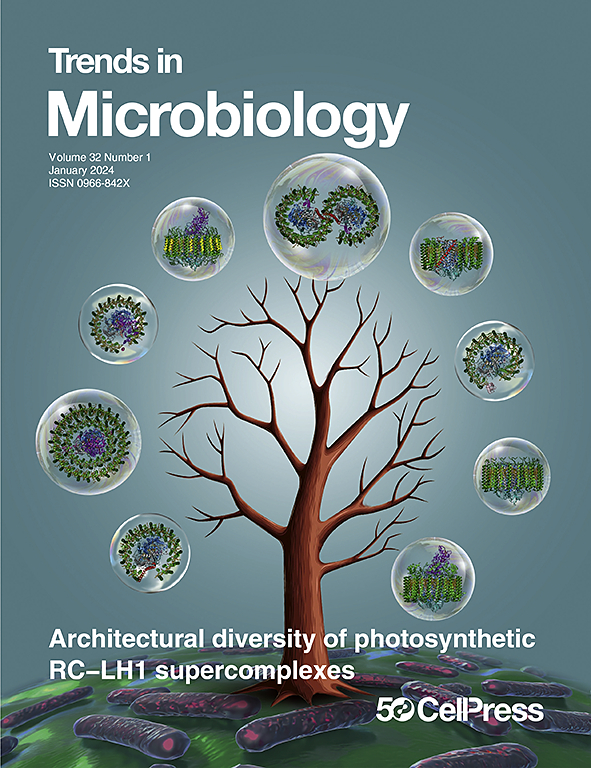细菌基因组结构变异:流行、机制和后果。
IF 14
1区 生物学
Q1 BIOCHEMISTRY & MOLECULAR BIOLOGY
引用次数: 0
摘要
大量的细菌基因组序列是公开的。然而,大多数是使用短读测序产生的,产生碎片化的组装。长读测序可以产生封闭组装,它们揭示了细菌基因组结构,染色体上基因的顺序和方向,对许多物种来说是高度可变的。越来越多的证据表明,基因组结构是全基因组基因表达水平和表型的决定因素。我们回顾了细菌基因组结构变异的发展图景,研究这一现象的挑战,以及它对适应和进化的影响,包括毒力和感染。本文章由计算机程序翻译,如有差异,请以英文原文为准。
Bacterial genome structural variation: prevalence, mechanisms, and consequences.
A vast number of bacterial genome sequences are publicly available. However, the majority were generated using short-read sequencing, producing fragmented assemblies. Long-read sequencing can generate closed assemblies, and they reveal that bacterial genome structure, the order and orientation of genes on the chromosome, is highly variable for many species. Growing evidence suggests that genome structure is a determinant of genome-wide gene expression levels and thus phenotype. We review this developing picture of genome structure variation among bacteria, the challenges for the study of this phenomenon, and its impact on adaptation and evolution, including virulence and infection.
求助全文
通过发布文献求助,成功后即可免费获取论文全文。
去求助
来源期刊

Trends in Microbiology
生物-生化与分子生物学
CiteScore
25.30
自引率
0.60%
发文量
193
审稿时长
6-12 weeks
期刊介绍:
Trends in Microbiology serves as a comprehensive, multidisciplinary forum for discussing various aspects of microbiology, spanning cell biology, immunology, genetics, evolution, virology, bacteriology, protozoology, and mycology. In the rapidly evolving field of microbiology, technological advancements, especially in genome sequencing, impact prokaryote biology from pathogens to extremophiles, influencing developments in drugs, vaccines, and industrial enzyme research.
 求助内容:
求助内容: 应助结果提醒方式:
应助结果提醒方式:


